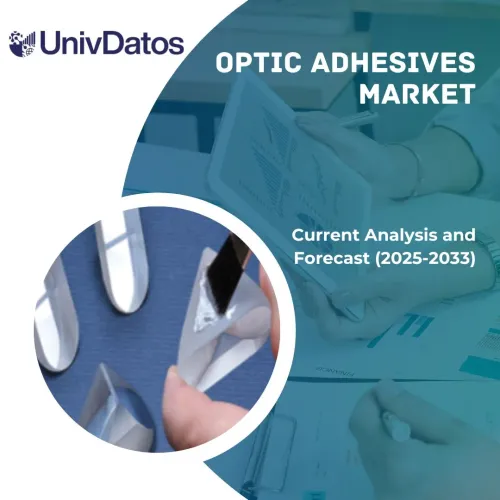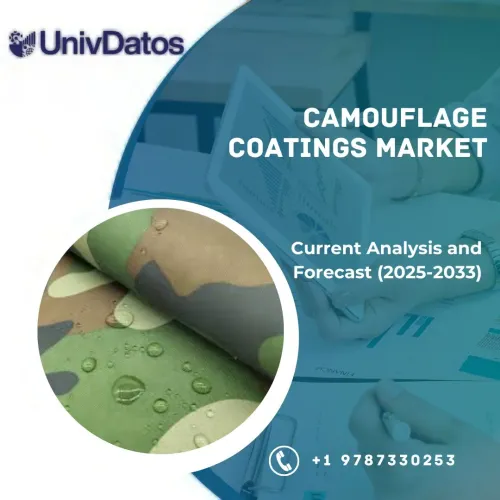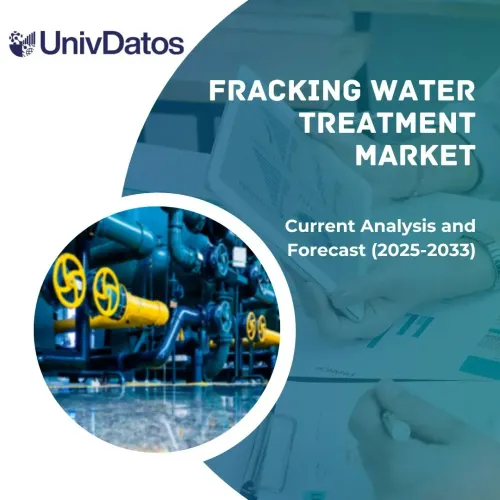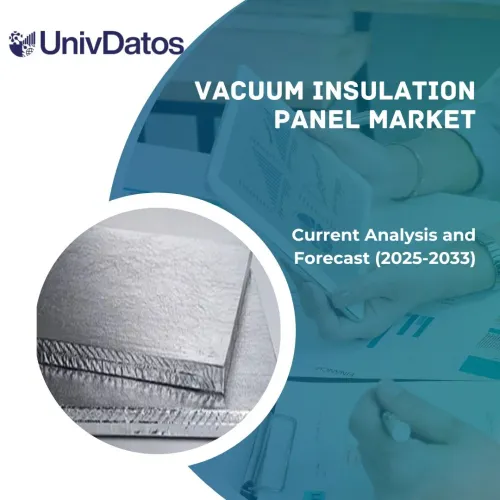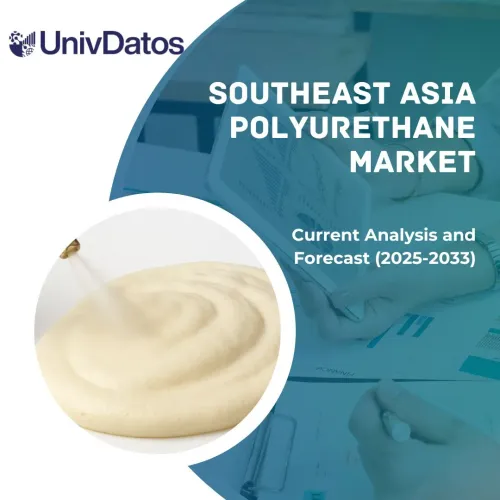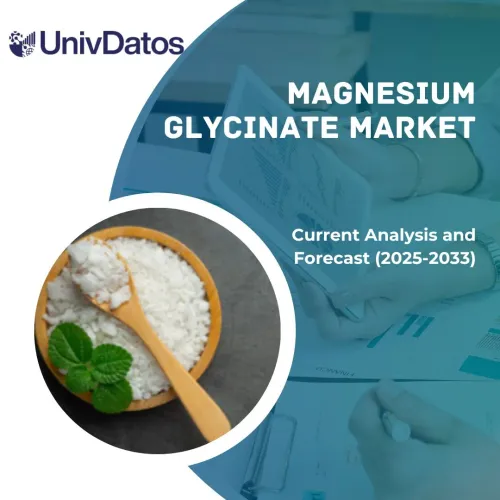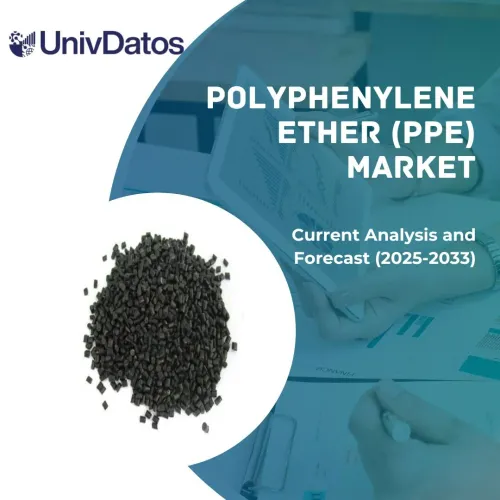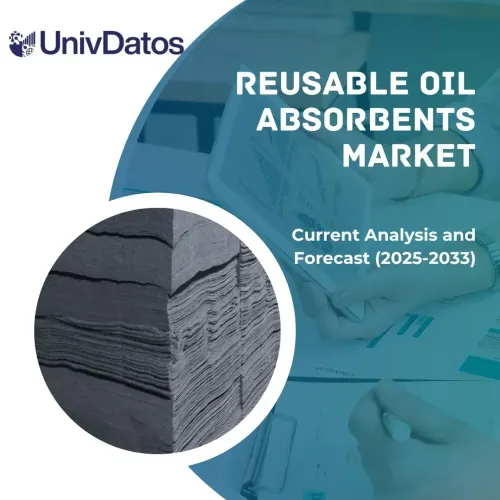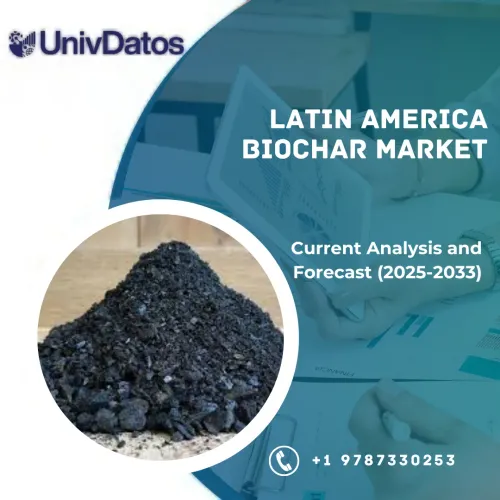- Home
- About Us
- Industry
- Services
- Reading
- Contact Us
Metallized Film Market Current Analysis and Forecast (2022-2028)
Emphasis on Material, (Polypropylene (PP), Polyethylene Terephthalate (PET), and Others); End-use, (Packaging, Decorative, and Others) and Region/Country
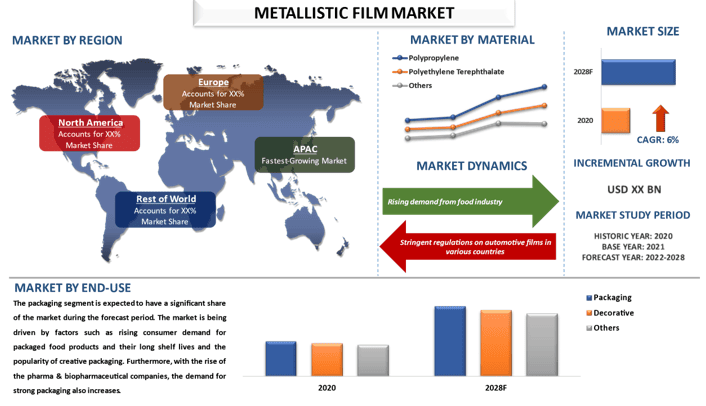
Metalized films are polymeric films that offer the benefits of both metal and plastic. The metalized films are coated either on one or both sides with a very thin layer of metal. Metalized films are used for a wide range of industrial applications owing to their beneficial properties offered by them such as their reduction of permeability to light, water, and oxygen.
The global metalized film market is expected to register a robust CAGR of around 6% throughout 2022-2028. The primary factor driving the market growth rate is the surge in demand for metallized film from the cosmetics and personal care industries. The increasing demand for metalized films used in the production of ornamental goods and other industrial applications also has a positive impact on the growth of metallized film. Additionally, the frequent product launches and advancements in metallic film technology are attributed to the market growth of metallized film. For example, in September 2020, A new transparent thermal lamination antimicrobial film based on BOPP was developed by Cosmo Films.
Dunmore Corporation, Cosmo first ltd, Avery Dennison corp., Sierra coating technologies LLC, Accrued plastic ltd., Innovia films ltd., Taghleef industries group, Jindal poly films limited, Polifilm group, and Klöckner Pentaplast Group are some of the key players in the market. Several M&As along with partnerships have been undertaken by these players to facilitate customers with hi-tech and innovative products/technologies.
Insights Presented in the Report
“Amongst materials, polypropylene segment is estimated to account for the largest share in the market”
Based on material, the market is bifurcated into polypropylene (PP), polyethylene terephthalate (PET), and others. The polypropylene (PP) segment is estimated to account for a significant share of the metalized film market. This is due to the cost-effectiveness of polypropylene metalized films along with the flourishing food & beverage industry is anticipated to fuel the market. Additionally, this film is widely used in the electrical & electronics industry for communication equipment, timing circuit, and filter networks. These factors are the key drivers for the glass fiber metalized film market.
“Amongst metals, the aluminum category is currently the dominant segment of the market”
Based on metal, the market is segmented into aluminum and others. The aluminum metalized film is expected to be the dominant segment during the forecast period. The factor is attributed to the growing usage of aluminum metalized film in packaging for snacks, frozen foods, sweets and pastries, frozen desserts, coffee pouches, and so on. Stand-up pouches allow the printing of high-quality, glossy graphics on the package, which makes them attractive and appealing to customers.
“Amongst end-user, the packaging sub-segment is expected to dominate the market during the forecast period”
Based on the end-use, the market is bifurcated into packaging, decorative, and others. Amongst them, the packaging segment is expected to dominate the market during the forecast period. The market is being driven by factors such as rising consumer demand for packaged food products and their long shelf lives, the popularity of creative packaging, and the usage of metalized films to wrap bouquets, candies, presents, and flowers. Additionally, Taghleef Industries (Ti) increased its presence in Latin America by purchasing Biofilm Company, a renowned producer of metalized BOPP films for labels, flexible packaging, and industrial applications, in January 2019.
“Asia Pacific to witness significant growth during the forecast period”
For a better understanding of the market adoption of the metalized film industry, the market is analyzed based on its worldwide presence in the countries such as North America (United States, Canada, and the Rest of North America), Europe (Germany, France, Italy, Spain, United Kingdom and Rest of Europe), Asia-Pacific (China, Japan, India, Australia, and Rest of APAC), and Rest of World. Asia Pacific is expected to show the highest CAGR growth in the metalized film market. This is mainly due to the presence of emerging economies along with the rapid rise of industries that results in the increasing demand for packaging materials. Furthermore, the frequent product launches and the rising adoption of new technology in the region contribute to the market growth of metalized film. For instance, in November 2021, Cosmo Films launched Enhanced Barrier Metalized BOPP film designed for packaging applications with moisture and oxygen barrier properties and metal bond.
Reasons to buy this report:
- The study includes market sizing and forecasting analysis validated by authenticated key industry experts.
- The report presents a quick review of overall industry performance at one glance.
- The report covers an in-depth analysis of prominent industry peers with a primary focus on key business financials, product portfolios, expansion strategies, and recent developments.
- Detailed examination of drivers, restraints, key trends, and opportunities prevailing in the industry.
- The study comprehensively covers the market across different segments.
- Deep dive regional level analysis of the industry.
Customization Options:
The global metallized film market can further be customized as per the requirement or any other market segment. Besides this, UMI understands that you may have your own business needs, hence feel free to connect with us to get a report that completely suits your requirements.
Table of Content
Research Methodology for the Metallized Film Market Analysis (2022-2028)
Analyzing the historical market, estimating the current market, and forecasting the future market of the metalized film market were the three major steps undertaken to create and analyze the adoption of the metallized film market in major regions globally. Exhaustive secondary research was conducted to collect the historical market numbers and estimate the current market size. Secondly, to validate these insights, numerous findings and assumptions were taken into consideration. Moreover, exhaustive primary interviews were also conducted, with industry experts across the value chain of the metalized film market. Post assumption and validation of market numbers through primary interviews, we employed a top-down/bottom-up approach to forecasting the complete market size. Thereafter, market breakdown and data triangulation methods were adopted to estimate and analyze the market size of segments and sub-segments of the industry pertains to. Detailed methodology is explained below:
Analysis of Historical Market Size
Step 1: In-Depth Study of Secondary Sources:
Detail secondary study was conducted to obtain the historical market size of the Metallized film market through company internal sources such as annual reports & financial statements, performance presentations, press releases, etc., and external sources including journals, news & articles, government publications, competitor publications, sector reports, third-party database, and other credible publications.
Step 2: Market Segmentation:
After obtaining the historical market size of the Metallized film market, we conducted a detailed secondary analysis to gather historical market insights and share for different segments & sub-segments for major regions. Major segments are included in the report as material and end-use. Further country-level analyses were conducted to evaluate the overall adoption of testing models in that region.
Step 3: Factor Analysis:
After acquiring the historical market size of different segments and sub-segments, we conducted a detailed factor analysis to estimate the current market size of the metallized film market. Further, we conducted factor analysis using dependent and independent variables such as material and end-use of the metalized film market. A thorough analysis was conducted for demand and supply-side scenarios considering top partnerships, mergers and acquisitions, business expansion, and product launches in the metallized film market sector across the globe.
Current Market Size Estimate & Forecast
Current Market Sizing: Based on actionable insights from the above 3 steps, we arrived at the current market size, key players in the global metalized film market, and market shares of the segments. All the required percentage shares split, and market breakdowns were determined using the above-mentioned secondary approach and were verified through primary interviews.
Estimation & Forecasting: For market estimation and forecast, weights were assigned to different factors including drivers & trends, restraints, and opportunities available for the stakeholders. After analyzing these factors, relevant forecasting techniques i.e., the top-down/bottom-up approach were applied to arrive at the market forecast for 2028 for different segments and sub-segments across the major markets globally. The research methodology adopted to estimate the market size encompasses:
- The industry’s market size, in terms of revenue (USD) and the adoption rate of the metalized film market across the major markets domestically
- All percentage shares, splits, and breakdowns of market segments and sub-segments
- Key players in the global metalized film market in terms of solutions offered. Also, the growth strategies adopted by these players to compete in the fast-growing market
Market Size and Share Validation
Primary Research: In-depth interviews were conducted with the Key Opinion Leaders (KOLs) including Top Level Executives (CXO/VPs, Sales Head, Marketing Head, Operational Head, Regional Head, Country Head, etc.) across major regions. Primary research findings were then summarized, and statistical analysis was performed to prove the stated hypothesis. Inputs from primary research were consolidated with secondary findings, hence turning information into actionable insights.
Split of Primary Participants in Different Regions
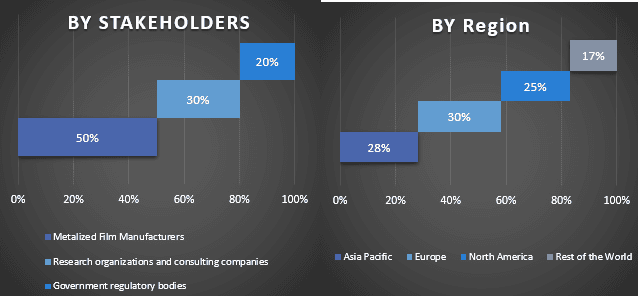
Market Engineering
The data triangulation technique was employed to complete the overall market estimation and to arrive at precise statistical numbers for each segment and sub-segment of the global Metallized film market. Data was split into several segments & sub-segments post studying various parameters and trends in the areas of material and end-use in the global metallized film market.
The main objective of the Global Metallized Film Market Study
The current & future market trends the of global metalized film market were pinpointed in the study. Investors can gain strategic insights to base their discretion for investment on the qualitative and quantitative analysis performed in the study. Current and future market trends determined the overall attractiveness of the market at a regional level, providing a platform for the industrial participant to exploit the untapped market to benefit from a first-mover advantage. Other quantitative goals of the studies include:
- Analyze the current and forecast market size of the metalized film market in terms of value (USD). Also, analyze the current and forecast market size of different segments and sub-segments
- Segments in the study include areas of material and end-use.
- Define and analysis of the regulatory framework for the metalized film market industry.
- Analyze the value chain involved with the presence of various intermediaries, along with analyzing customer and competitor behaviors of the industry.
- Analyze the current and forecast market size of the metalized film market for the major region.
- Major countries of regions studied in the report include Asia Pacific, Europe, North America, and the Rest of the world.
- Company profiles of the metallized film market and the growth strategies adopted by the market players to sustain in the fast-growing market
- Deep dive regional level analysis of the industry
Related Reports
Customers who bought this item also bought

